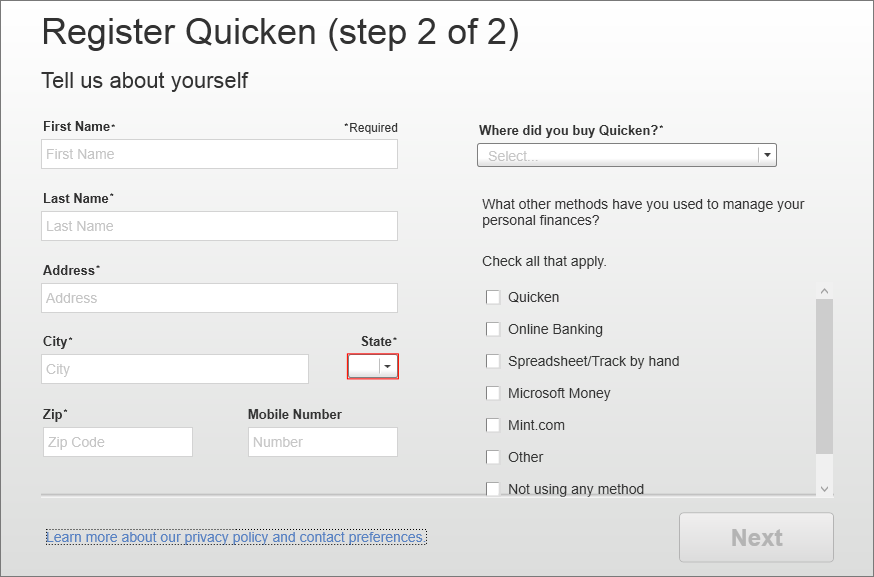

- #Convert investment csv to quicken mac manual#
- #Convert investment csv to quicken mac download#
- #Convert investment csv to quicken mac mac#
Click the first one - hold the 'Shift' button - click the last one. You can select transactions, move them to one of two accounts or your existing account. The second time you import the QFX file, with the same Account ID, Quicken will see an established link and just import transactions into the 'IMPORT' account.
Select 'File' - 'File Import' - 'Web Connect (.QFX) File', select created QFX file.
#Convert investment csv to quicken mac manual#
Click 'Tools' - 'Add Account' - select 'Credit Card' - 'Add Manual Account' - click 'Next' - 'Finish'.Ĭonvert again: click the 'Convert' button - create a new QFX file - import sample.qfx file. You can delete the 'IMPORT' account or keep importing other files there.įor example, let's say you have another one 'Credit Card' account. Now transactions under the 'Checking' account. Move transactions to the 'Checking' account and click 'Ok'. You can review transactions here, like your special separate place and then you select the transactions, click first one - hold 'Shift' button - click the last one. Click on 'I want to enter my transactions manually'. Click 'Tools' - 'Add Account'.Īnd you don't want to mess up your existing setup and connection.

And have that (called "Checking" in this case) account untouched.įor example, let's say you have another account. For Quicken there is an easy way not to touch that account, just import into the new account (called "IMPORT" in this case).
#Convert investment csv to quicken mac download#
You need to disconnect the account before importing from direct download to import QFX files into that account. You can review transactions and use Renaming Rules if you like. Import into a new account or existing account (disconnect the account before importing).Īll transactions are imported here, they showed in the bottom part. To import a QFX file, select 'File' - 'File Import' - 'Web Connect (.QFX) File', select created QFX file. Before importing a QFX file make sure to backup your data. Now the QFX file is created, let's switch to Quicken and import created QFX file. So when you change Mapping, your CSV file will have to be mapped this way, and Account Type and Account ID have to be used as well.Ĭlick the 'Convert' button to create a QFX file. When you create a Mapping for a certain Bank, then you include Account ID and Account Type as part of Mapping. You can also put Account ID (number) as part of Mapping: Output Account ID.

For multiple accounts, use a different Account ID for each account. Set the Account ID (number) and the Account Type to create QFX for the right account. You have to leave it empty if your bank is not listed, so the default - Wells Fargo Bank Label will be used. You can try to locate your bank, make sure a bank you choose supports the account type you are converting for. The INTU.BID value defines the bank label shown during import. Click the 'Charges/Withdrawals' are positive if expenses are positive on the CSV file.įor Quicken, set INTU.BID to match your bank or keep the default value. Your credit card file may have expenses positive on your Source file. Select the QFX target to match your Quicken version or your accounting software: Regular QFX, Quicken 2019+, Quicken 2017, Quicken 2016, Quicken 2015, YNAB.Įxpenses must be negative and payments to the account must be positive. Reassign columns to QFX fields if needed. Check that dates are correct, have the correct year (Date), amount, withdrawals, and deposits are shown in corresponding columns, check number (Doc/Check#) is assigned. Download it from the CSV2QFX download page. Make sure you are using the latest version of CSV2QFX.
#Convert investment csv to quicken mac mac#
Follow the steps below for the Windows version, followed by the Mac version.


 0 kommentar(er)
0 kommentar(er)
